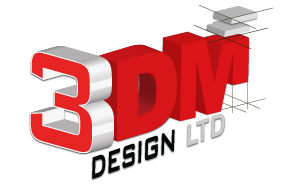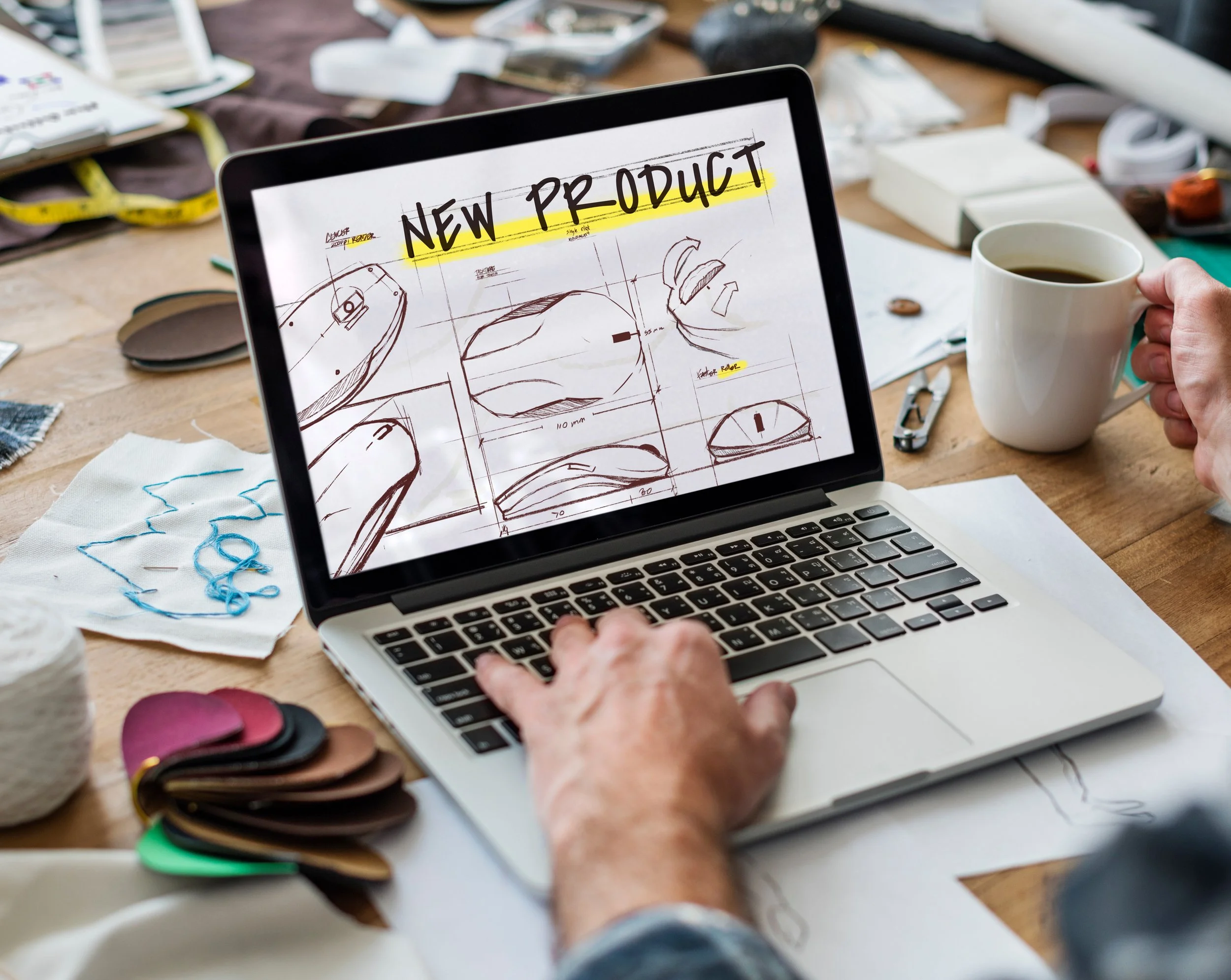I Have a New Product Idea but No Capital: A Design Perspective
Designing a new product without capital is a common challenge. While most people don’t have the luxury of a trust fund or wealthy backers, there are strategic steps you can take to bring your product idea to life.
1. Focus on Execution, Not Just the Idea
Investors are more interested in your ability to execute than in the idea itself. They want to see proof that you can bring your concept to market, even with limited resources. This is where the principle of **bootstrapping** comes into play.
2. Build a Minimum Viable Product (MVP)
Your priority should be to develop a **minimum viable product (MVP)**. This doesn’t mean creating a fully-featured version of your product, but rather a basic version that demonstrates its core functionality and value proposition. An MVP helps you validate your idea with real customers, providing the traction needed to attract investors.
3. Creative Financing Solutions
While building an MVP, you’ll need some initial funding. Here are a few creative financing strategies:
- **Crowdfunding**: Platforms like Kickstarter, Indiegogo, and Seedrs are excellent for raising funds from early adopters and supporters. Crowdfunding allows you to gauge interest and secure pre-orders, which can finance your production costs.
- **Joint Ventures**: Partnering with someone who can provide funding in exchange for equity can be beneficial. Ensure you find a partner whose vision aligns with yours and negotiate terms that don’t compromise too much of your business.
4. Leverage Government Programs
Don’t overlook government programs designed to support startups and small businesses. These can include:
- **Grants and Loans**: Various grants and low-interest loans are available, often aimed at promoting innovation and entrepreneurship.
- **Tax Credits**: Research potential tax credits that can reduce your financial burden during the initial stages.
5. Iterate Based on Feedback
Once your MVP is in the hands of users, collect feedback to refine and improve your product. This iterative process not only enhances the product but also demonstrates to investors your ability to adapt and respond to market needs.
Conclusion
Starting a new product and turning it into a business with no capital requires ingenuity and determination. By focusing on execution, leveraging creative financing, and utilizing available resources, you can build a compelling case for your product. Remember, the goal is to create enough traction to attract investors who are willing to support your vision.
By taking these steps, you’ll be well on your way to turning your product idea into a reality, even without an initial influx of cash.

